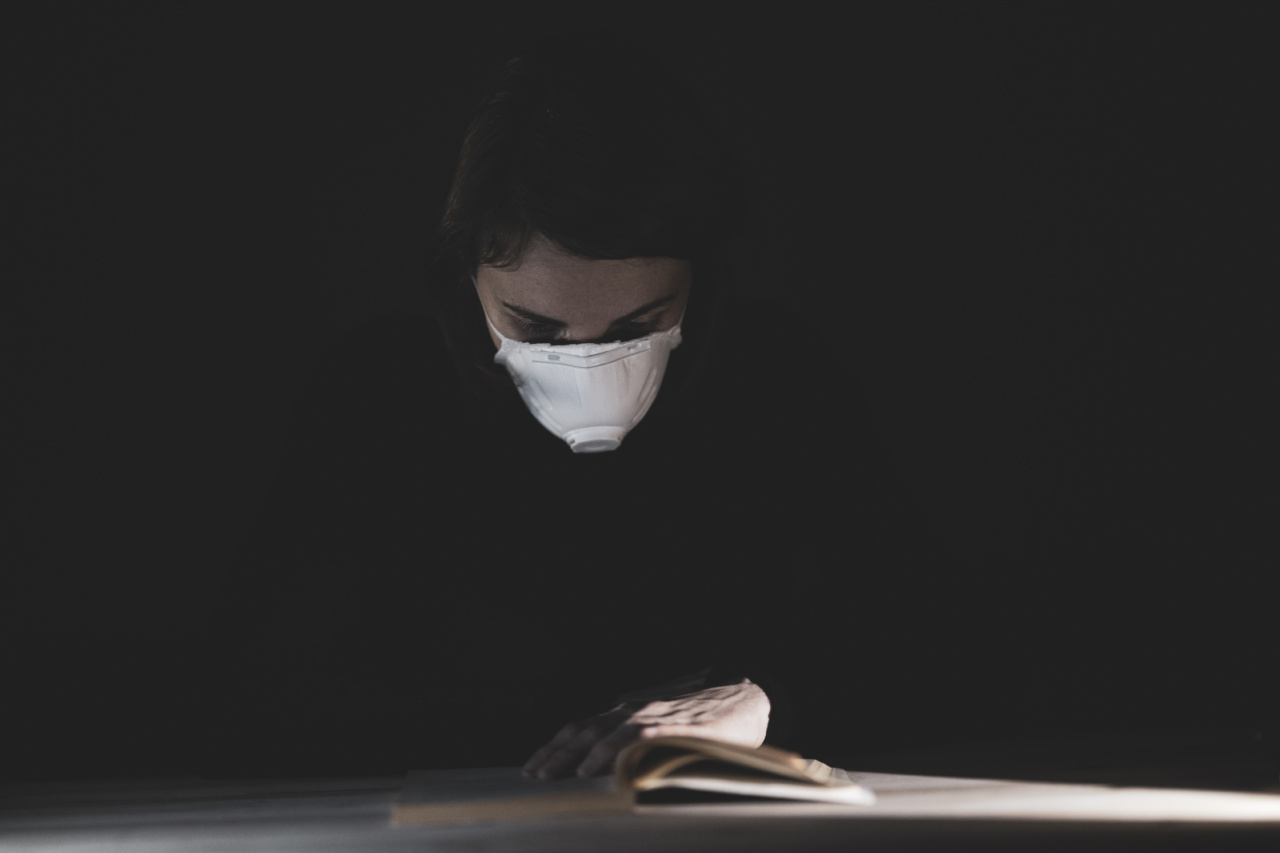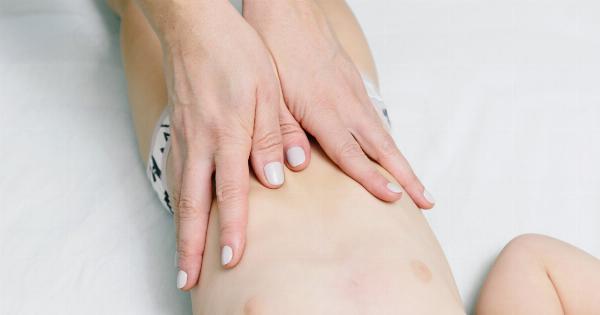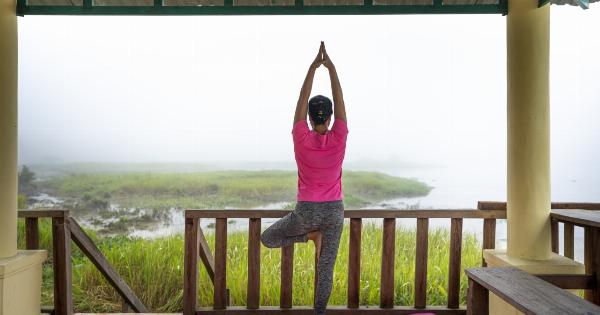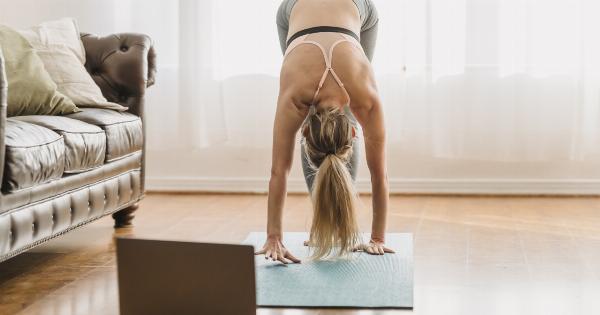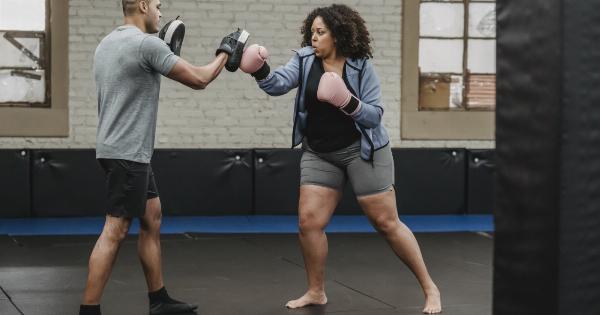Wearing a mask has become an essential practice in our daily lives to prevent the spread of COVID-19. While masks are effective in reducing the transmission of the virus, they can sometimes make breathing more difficult.
Many people experience discomfort, shortness of breath, and even anxiety while wearing a mask for extended periods. However, there are several tips and techniques that can help make breathing easier when wearing a mask. In this article, we will explore four helpful tips to enhance comfort and improve breathing while wearing a mask.
1. Choose the Right Mask
The first and most important tip to ensure comfortable and easy breathing is to choose the right mask. Not all masks are created equal, and some may impede airflow more than others.
It is crucial to select a mask that offers both protection and breathability. Look for masks made of lightweight and breathable materials such as cotton or a combination of cotton and polyester.
Additionally, consider masks with multiple layers as they provide better filtration while still allowing sufficient airflow. Avoid masks with valves, as these may protect the wearer but do not prevent the spread of respiratory droplets effectively.
2. Keep Your Mask Clean
A dirty or contaminated mask can obstruct airflow and make breathing more difficult. It is essential to keep your mask clean to maintain its breathability.
Regularly wash your mask with soap or detergent and water, following the manufacturer’s instructions. If using a reusable cloth mask, check for any signs of wear and tear and replace it if necessary.
It is also important to note that moisture from your breath can accumulate on the inside of the mask, making it damp and uncomfortable.
To prevent this, consider carrying an extra mask or multiple masks to change throughout the day and allow the used mask to dry completely before reuse.
3. Practice Breathing Techniques
While wearing a mask, employing specific breathing techniques can help improve airflow and ease breathing. One effective technique is diaphragmatic breathing or belly breathing.
This technique involves taking slow, deep breaths that engage the diaphragm, allowing more air to reach the lungs.
To practice diaphragmatic breathing, follow these steps:.
• Sit or stand in a comfortable position.
• Place one hand on your belly, just below the ribcage, and the other hand on your chest.
• Inhale slowly through your nose, feeling your belly rise and expand. Make sure your chest remains relatively still during this process.
• Exhale slowly through your mouth, allowing your belly to fall inward.
• Repeat this process for several minutes, focusing on deep, slow breaths.
In addition to diaphragmatic breathing, it can also be beneficial to take short breaks from wearing a mask whenever possible. Find a safe and isolated area where you can remove your mask for a few minutes to take a few full and unobstructed breaths.
4. Adjust Your Mask for a Better Fit
A mask that fits improperly can cause discomfort and make breathing more challenging. It is essential to adjust your mask to ensure a snug, yet comfortable fit. Here are some tips for achieving a better mask fit:.
• Make sure the mask covers your nose, mouth, and chin completely.
• Use the adjustable nose wire or metal strip (if present) to mold the mask around your nose tightly.
• Check for gaps on the sides of your face and tuck the edges of the mask under your chin to minimize airflow leakage.
• Avoid wearing a mask that is too tight, as it may restrict airflow.
If you wear glasses, you may also face the issue of foggy lenses when wearing a mask. To prevent this, ensure that the top edge of your mask is snug and properly fitted along the bridge of your nose.
Remember, wearing a mask is an important safety measure, especially during a pandemic. By following these tips to make breathing easier, you can ensure both your safety and the safety of those around you.
Combine these techniques with proper hand hygiene and social distancing to reduce the risk of COVID-19 transmission.
